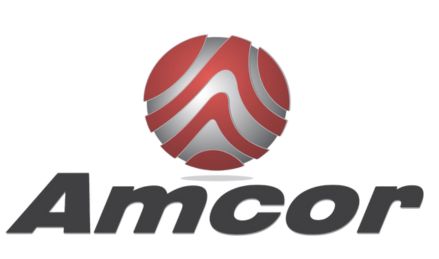Nearly every plastic is prone to degradation when exposed to UV light, such as from sunlight or fluorescent lighting. This degradation can occur during processing or once the product is in service, and the symptoms include brittleness, discoloration, and loss of physical properties such as impact strength, tensile strength, and color – all leading to a reduction in the life span of the plastic. An everyday example of UV degradation is a lawn chair that becomes discolored and brittle over time due to deterioration of the plastic.
UV stabilization additives are chemical compounds that are added to combat the deterioration of the plastic and significantly extend the life span of the final product. UV stabilizers are added at very low levels, often 0.1 – 0.5% of the polymer. These additives can typically be combined with the base polymer during manufacturing or prepared as part of a masterbatch. There are many additives for UV stabilization on the market including Amshield, Amcor’s Ultra Violet Inhibitor stabilizer.
What is Photo Oxidation?
Deterioration of plastic due to UV light is the result of a chemical process referred to as photo oxidation, or photo degradation. Ultra violet rays degrade existing chemical bonds within the polymer chain, weakening the plastic by reducing its molecular weight, leading to loss of strength and other undesired symptoms as previously noted. Molecular degradation, such as photo oxidation, often result in plastic failures so it is important to understand these processes and how to avoid them!
The UV resistance of unprotected polymers varies and depends on the structure and composition. Some plastics are more vulnerable to photo oxidation due to their structure and functional groups. Bonds most vulnerable to photo-oxidation include carbon-nitrogen bonds such as nitrile, amide, and amine; carbon-oxygen bonds such as ether, ester, ketone, and carboxylic acid; carbon-chlorine bonds; oxygen-oxygen bonds such as peroxide; and nitrogen-hydrogen such as amide and amine.
Types of Additives for UV Stabilization
To inhibit the photo oxidation process and protect the plastic from harmful UV rays, UV stabilizers are utilized. The UV protection can be provided in different ways depending on the specific UV stabilizer that is used. In general, the most common types of additives behave as UV absorbers, quenchers, or HALS and in some cases more than one additive can be used to provide the desired level of UV stabilization.
- UV absorbers: with enough light input, susceptible functional groups in the polymer, called chromophores, generate free radicals via a series of reactions. This form of UV stabilizer, as the name suggests, absorbs the UV radiation to prevent the initiation of photo oxidation reactions. Once absorbed the heat from the UV rays is dissipated through the polymer chain. Black is an excellent UV absorber so paints, dyes, or elemental carbon black are often added to protect plastic products against UV light. Benzotriazoles and hydroxy-phenyltriazines are also examples of UV absorbers.
- Quenchers: the photo oxidation process involves several reactions that ultimately create free radicals that react with the multiple bonds in the polymer chain, damaging the integrity of the plastic. Quenchers work by quenching the energy that is generated during the photo oxidation reactions, thus, returning excited molecules to a ground state where they are less likely to propagate photo oxidation reactions that produce free radicals. Nickel quenchers are an example of this form of UV stabilizer.
- HALS: Hindered Amine Light Stabilizers, or HALS, are a form of UV stabilizer that function by targeting and trapping the free radicals produced during photo oxidation, preventing them from reacting with the polymer structure. HALS vary in their structure but generally have the 2,2,6,6-tetramethylpiperidine ring structure.
Amcor
Amcor is a manufacturer of polyethylene film and bags, as well as polyolefin compounds, additives, blends, and masterbatches. Amcor has grown from a single product line to hundreds of products and five product divisions. Below are some highlights of Amcor’s additive offerings.
|
|
|
In addition to selling products, we also provide tech support, assistance with your equipment, and process recommendations. Amcor is also a full line distributor of various chemicals, resins, and gases for the plastic industry. With warehousing and distribution facilities across the United States, Mexico, Eastern Europe and China, we service companies of all sizes and locations across multiple industries.
Amcor realizes that quick turnaround, on time delivery, a quality product, and personal service are what it is all about. Contact us today to learn how we can assist with your next project!
